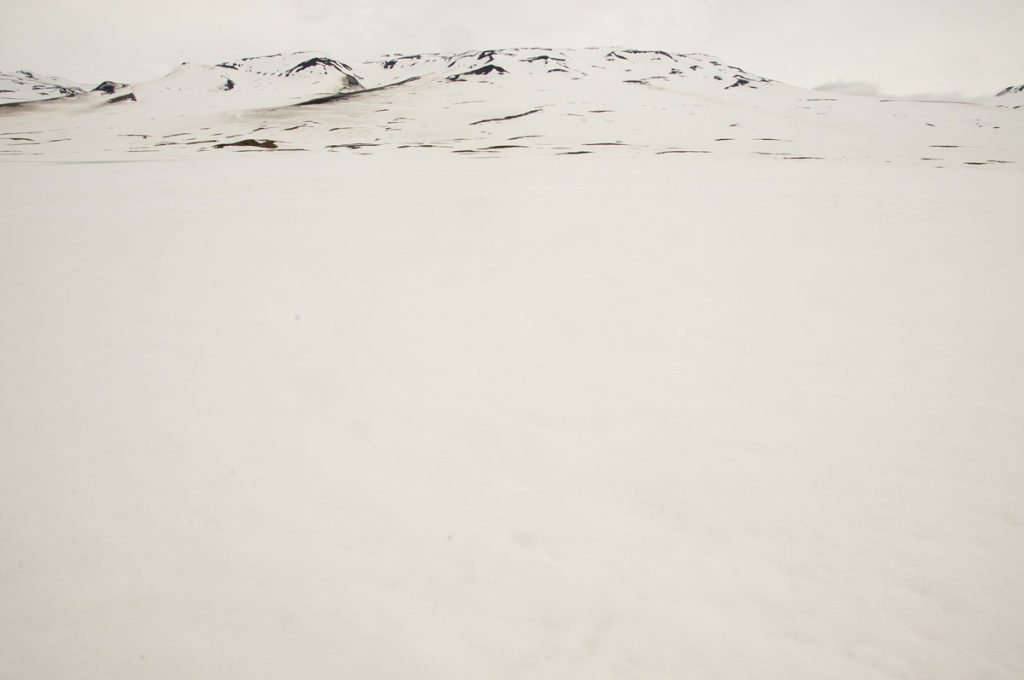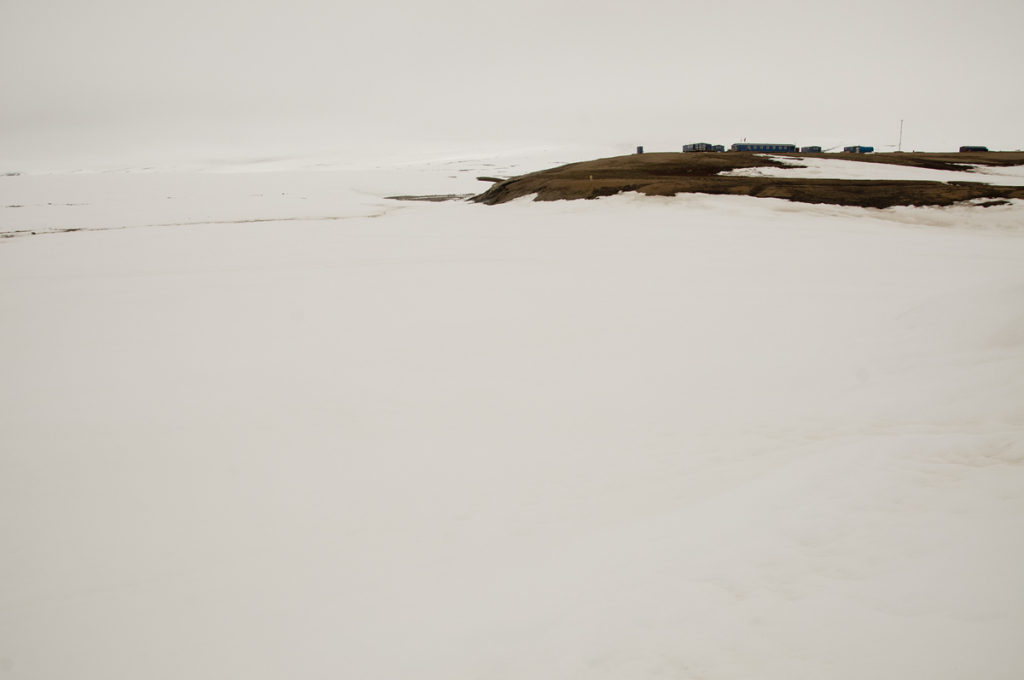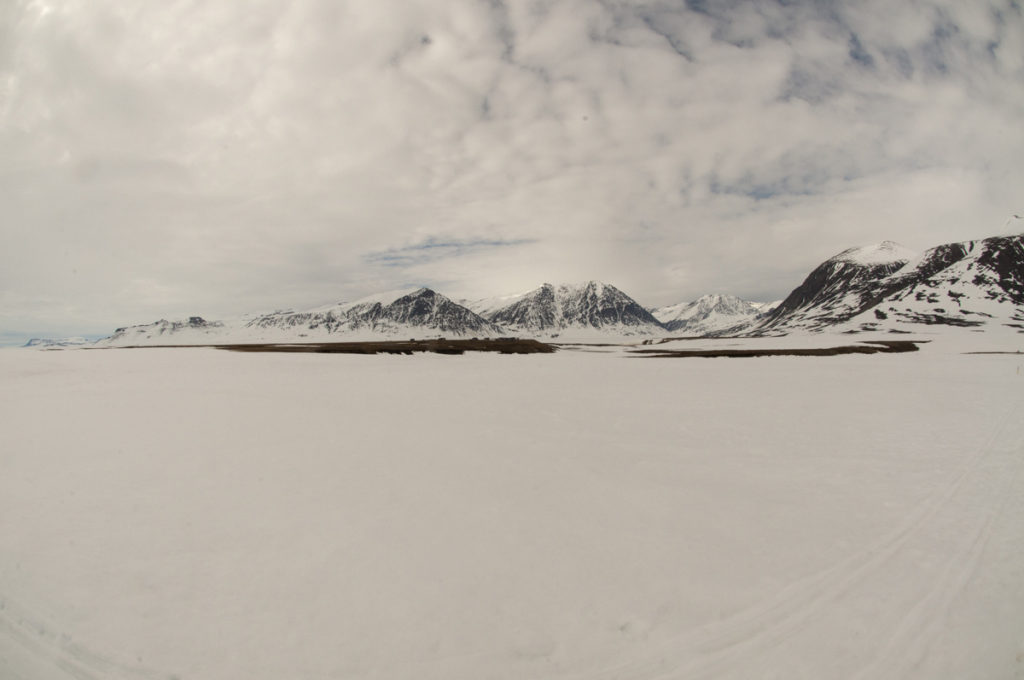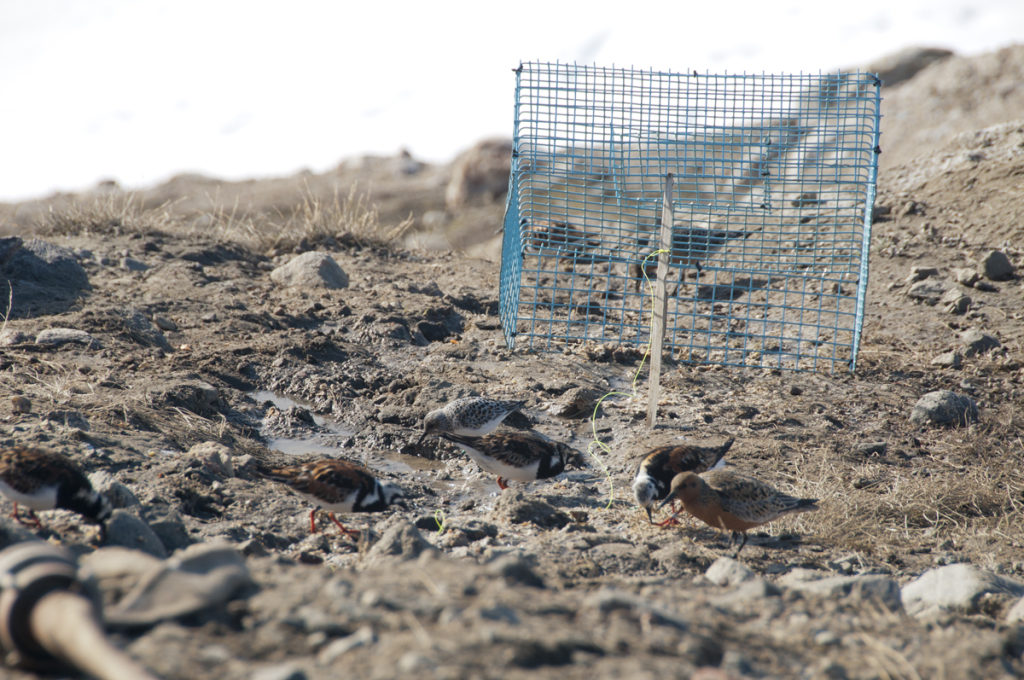
Jeroen reports about his remarkable 2018 field season:
I study how rising temperatures may affect the reproductive success of Sanderlings in Zackenberg, NE Greenland. Due to a disproportionate degree of climate warming in the Arctic, shorebirds that migrate to the Arctic to breed are strongly suspected to be negatively affected by ongoing climate change. Niels Martin Schmidt and his team have indeed established that the summer temperatures in Zackenberg have steadily increased during the last decades.
The expected consequence of the warming Arctic summers are a mismatch in timing between arthropods (think insects and spiders), and their shorebird predators. Indeed, the emergence of crawly creatures in the pitfall traps in Zackenberg has advanced in the last two decades, but I learned that Sanderlings in Zackenberg did not adjust the timing of their incubation. Puzzling.
So to further study the ecological interactions between Sanderlings and their prey (and the predators of Sanderling eggs such as Arctic foxes), this summer of 2018 I visited Zackenberg for the 13th time. It turned out to be an exceptional season...
Snow, very much snow!

Snow melts quicker with higher summer temperatures but it's not that straight forward because climate models also predict that the amount of winter precipitation (i.e. snow fall) will increase. If that is true, more snow may counteract the effects of warming summers on the timing of emerging of arthropods.
Before I migrated north to follow the Sanderlings, my Danish colleagues who were in Zackenberg since early June had already reported that there was a lot of snow on the tundra and warned me that I should prepare myself for a late breeding season. On satellite images of mid-June 2018 the tundra surface was close to 100% covered in snow, and not only in Zackenberg but in the entire Northeast Greenland national park. After a delay of two days due to fog in Zackenberg in which the small chartered planes cannot land, I arrived in Zackenberg on 14 June.
In the last two weeks of June usually most Sanderling are on their nest while some late breeders, or birds whose first clutches fell victim to egg predators, can be found singing or foraging in pairs while the females gather insects to produce eggs. But not this year...





Comment: Some additional data just to show the size and extent of the Northeast Greenland national park and how much land surface was (still is?) covered with snow:
From Wikipedia: